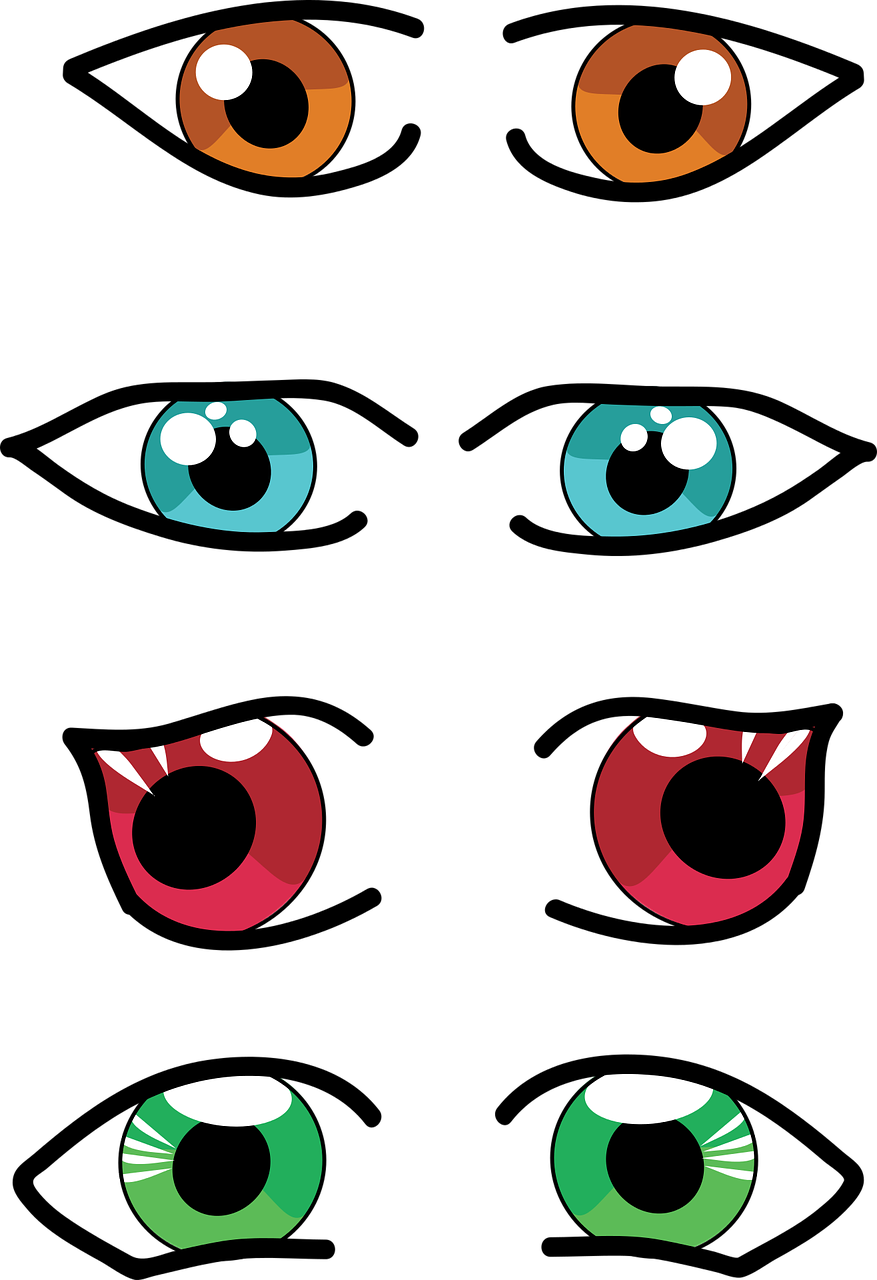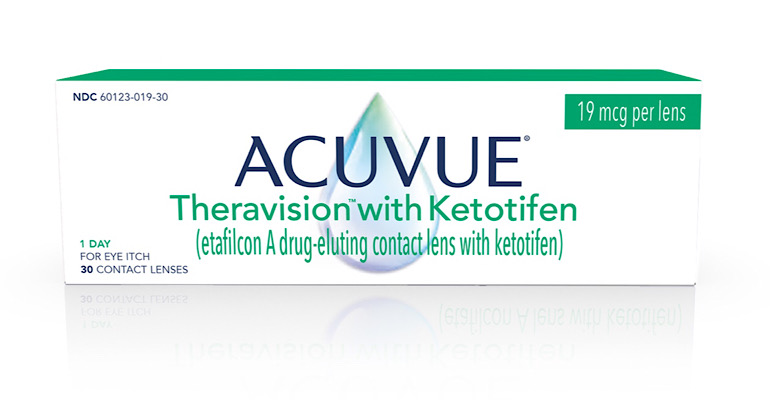
Johnson and Johnson’s Vision Care unit has received FDA approval for its Acuvue Theravision with Ketotifen, a drug-eluting contact lens that could potentially eliminate the need for eyedrops for contact lens wearers suffering from allergic eye itch. This approval comes after the product was previously approved for use by the Japanese Ministry of Health.
In an interview with MD+DI, Brian Pall, Director of Clinical Science at Johnson & Johnson Vision Care, expressed that there was a high demand for the product due to its intuitive and logical design. He explained that currently, 40% of contact lens wearers experience itchy-allergy-eyes, and about 80% of them feel frustrated by this issue. Pall emphasized that this condition significantly impacts their quality of life and limits their ability to do the things they want to do.
Each lens contains 19 mcg of ketotifen, a well-established antihistamine. The vision care unit collaborated with J&J’s Janssen for the antihistamine component. Pall highlighted the strong collaboration between various partners involved in the development of this breakthrough product.
The FDA approval follows positive Phase 3 clinical studies published in the journal Cornea. These studies demonstrated a significant reduction in itchy allergy eyes as quickly as three minutes after lens insertion, with effects lasting up to 12 hours. However, the lens can be worn for longer periods for vision correction.
Developing medication-releasing contact lenses has been a challenge for companies over the past 60 years, with many attempts failing. Pall explained the difficulties involved in incorporating medication into the lens material and ensuring compatibility and release. Despite these challenges, he expressed optimism about the future potential of contact lenses in enhancing and restoring people’s vision.
Pall concluded by stating, “That’s what gets me excited to be an R&D person – to be able to be on that cutting edge and really look for these difficult challenges on how to make patients’ lives better through contact lenses or other medical devices.”

